For 2012 the Maya had prophesied the end of the world: On December 21st their calendar should end and with it our civilization. Fortunately, this prediction did not come true, but the Mayan sites have not lost any of their attraction.
Weiterlesen
Autor: Konni
My Arabic course is fun
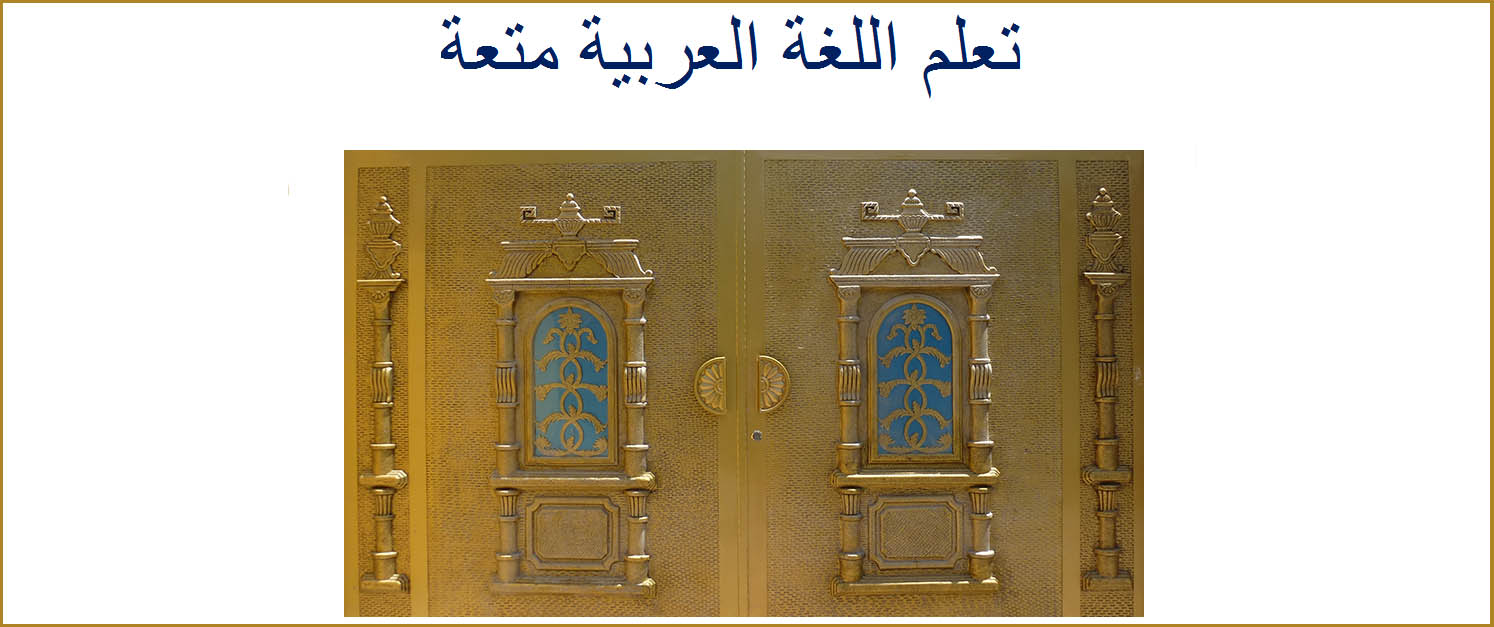
Who would have thought it: Now I’m learning Arabic with fun – after I almost dropped out. But then Corona whirled everything upside down and gave me new ideas. For example, to look for an Arabic course one last time. And I found it! Read here what happened. Weiterlesen
Short history of Oman
Welcome to the oldest independent state in the Arab world! In the 19th century, the Oman empire stretched from present day Oman down the East coast of Africa. Nowadays, Oman is a modern country with a rich culture.
Due to Oman’s strategic location at the Arabian Gulf, the Arabian Sea, and the Sea of Oman, the country played a major role in quite a few regional conflicts. According to archaeologists, there were already human settlements in Oman during the Stone Age more than 10,000 years ago. Later on the Babylonians and the Assyrians arrived in order to control the trade route between Asia and the shores of the Mediterranean Sea.
The first mosque in Oman
With the spread of Islam in the 7th century AD, the first mosque was built: Al Midhmar Mosque can still be visited in Wilayt Samail. Jua’fer and Abd Ibni Al Jalandi, the two Omani kings, entered Islam after having received a letter from the Prophet. Masster Abu Bakr Al-Sidiq, the caliph of the Prophet, said to the Omani people the following: „People of Oman, you have entered Islam voluntarily although the Prophet has not come to your land on foot or on horse. You have not opposed him as other Arabs opposed him, and you have not called for separation or dispersion. May God unite you in benevolence.“
The Ibadite denomination established itself in the Omani region after they had fled from Basra (situated nowadays in Iraq). Ibadism is characterized e.g. by its strict, puritanical nature which has an influence on the practice of Islam in Oman. The very simple mosques have almost no decoration except around the windows. They often lack the minarets common in other Muslim countries.
Fights with the Portuguese
Ibn Masood, the first imam, was elected in 751 AD, and so the Imamata era in Oman began. It lasted 400 years. Between 1488 abd 1507 AD, the Portuguese tried to conquer Oman. However, the Omani expelled them in heroic fights.
But the leading position of Oman’s navy sparked the ire of the Portuguese again who hadn’t forgotten their shameful defeat. Fierce battles took place between the Omani and the Portuguese navy. After heavy fighting, the Portuguese were defeated.
The Omani Empire
Isolated from their Arab neighbors by the vast desert, Oman’s history took a turn for the better when the country became an economic power in the beginning of the 18th century. Oman benefited from its position on the Indian Ocean and its seafarerer knowledge gained from the Portuguese to get access to foreign lands.
In 1698, the Omani Empire expanded to the East coast of Africa, stretching from Mombasa to Kila, Zanzibar, Pemba and Bata. The Persians tried to invade the territory of Oman several times, but Oman defeated the intruders. In 1749, the Empire expanded to Gwadar (nowadays a Pakistani city situated at the mouth of the Gulf of Oman). And Oman became, subsequently, a strong trading power – based on maritime trade – in the region.
The downfall of the Empire
Under the Said dynasty, Oman was pacified and parts of East Africa were subordinated again. Oman became again an important naval power in the Indian Ocean. However, after power struggles within the dynasty and boosted by the British, Oman was divided into the Sultanate of Oman and Muscat on one hand, and the Sultanate of Zanzibar on the other hand in 1856.
This led to an economic decline because Oman lost the customs revenues from its African ports e.g. Moreover, Oman’s merchant fleet could not compete with the new European steamships, and, therefore, Oman became more and more dependent on Great Britain. The British secured exclusive rights in Oman through contracts settled in 1891 that were only abolished completely in 1958. After the British had slowly reached a collapse of Oman by the end of the 19th century by entering Oman’s overseas holdings, Oman had to retreat to its homeland.
The dark age
Sultan Said bin Taimur, the father of the deceased Sultan Qaboos bin Said, ruled from 1932 to 1970. He left the country in its backwardness and international isolation. Although already abolished for decades in other parts of the world, even slavery was maintained in Oman. The people suffered from high internal tariffs, travel restrictions and curfews. In the whole country, there were only three Koran schools for circa 100 boys, ten kilometers of paved roads, and one hospital. The Sultan ran a repressive regime. So it was forbidden to build and repair homes without permission, wear sunglasses, listen to the radio (if there were any), read books, etc.
Moving into modern times
The modern renaissance started when Sultan Qaboos bin Said, Taimur’s son, came into power: It was the beginning of a prosperous era. The revenue, predominantly from oil, has been consistently invested in the infrastructure, especially roads, hospitals and schools. Oman has transformed into a modern state within 45 years. The first day of Qaboos‘ reign, 23 July, is celebrated as Renaissance Day.
Nowadays, oil and gas represent 71 percent of the government’s revenues (2018). Tourism has also grown considerably in the last years: According to The World Travel & Tourism Council, Oman is the fastest growing tourism destination in the Middle East.
Amazing Oman
The land of frankincense: Surprisingly different
Beautiful sultanate of Oman is still an insider tip. With its diverse environments, tourist attractions and cultural highlights, the peaceful Arabic country has become one of the most interesting travel destinations in the Middle East.
Oman – country of superlatives
-
Meteoric rise
Although Oman was famous in ancient times because of its incense, and prospered in the 17th and 18th century when it dominated large parts of the East African coast and Zanzibar, the glamour had gone completely in the middle of the 20th century. When Sultan Quaboos (meanwhile deceased) deposed his unprogressive father in a bloodless coup in 1970, Oman was an isolated and underdeveloped state which still had slavery, only a couple of schools and hospitals as well as a few kilometers of paved roads. In the households, electricity and running water barely existed. The rate of illiteracy was extremely high.
With the income from oil production, Qaboos started modernizing the backward country, and slavery was outlawed. He embarked on economic reforms, and increased spending on health, education and welfare. New roads, schools and hospitals were built, and soon there was a water and electricity supply that connected even remote villages with the rest of the country. Nowadays everyone can go to school and to the doctor for free. Around 95% of the population knows how to read and write. Many young people have an university degree. According to the United Nations World Development Report, Oman is one of the countries that has made the most progress in the past four decades. But Qaboos also made sure the traditions were preserved. You won’t find skyscrapers as in the Emirates for example.
-
Extreme climate
Like the whole region on the Arabian Peninsula, Oman has one of the hottest climates in the world. In Muscat, temperatures can reach 50 degrees in summer. And although Oman receives little rainfall in general, especially in summer, it is the opposite in the South of Oman: In the Dhofar Mountains near Salalah, a region with subtropical climate, it rains cats and dogs late June to late September – as a result of monsoon winds from the Indian Ocean. Tourists from the North and other Arabian countries come to Salalah to enjoy this “romantic weather”, the “khareef” season with an air saturated with cool moisture and heavy fog, and agreeable temperatures between 20 and 30°C – relatively cool temperatures compared to the heat in northern Oman.
-
Fjords in the North and the driest place on earth in the Southwest
The Northern exclave Musandam Peninsula (1,800 sq km, 32,500 inhabitants) is also called “Norway of Arabia”. It juts into the Strait of Hormuz, the narrow entry into the Persian Gulf, from the Arabian Peninsula. The countryside is extraordinary with its extensive fjord-like craggy inlets and desolate mountainscape.
The other extreme is the „Empty Quarter“ („Rub Al Khali“ in Arabic) , the world’s largest uninterrupted sand desert wordwide. It stretches across Arabia, including the South Western corner of Oman. Rub Al Khali is one of the driest places on earth and, therefore, one of the most sparsely populated regions. The desert covers 650,000 square kilometers. This is roughly the size of France. In Oman, Rub Al Khali is located in southern Oman, in the governorate of Dhofar with its capital Salalah.
About the author
You want to know more about Konstanze Pfeiffer,
author and operator of the website „The WorldTraveler“?
Here you can find more information.

Volunteering in Costa Rica
Some time ago, I worked as a volunteer in Costa Rica. In this blog I tell you more about my experiences as a volunteer in a day care center and my travel experiences along the Pacific coast, in the Central Plateau and Caribbean region. Read more about my stay in Costa Rica »
South America: The most spectacular festivals
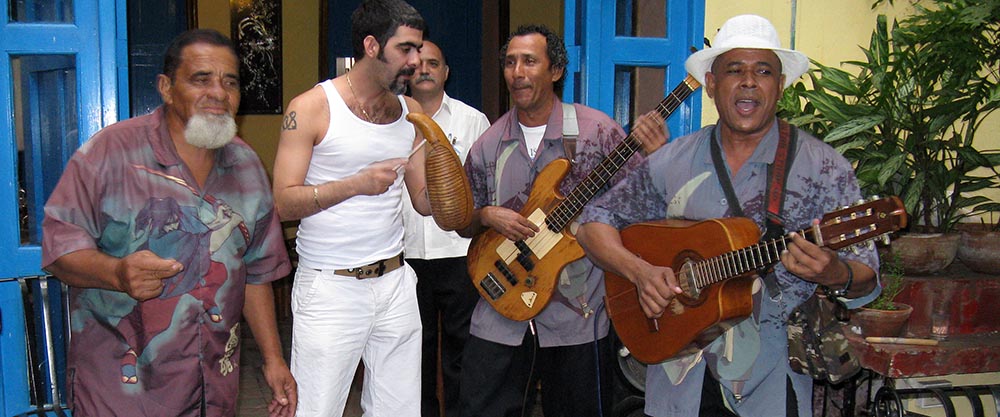 In South America there is also a lot going on at festivals outside the carnival season. Depending on the region, indigenous elements mix with African and Christian ones. Everywhere people celebrate life.
In South America there is also a lot going on at festivals outside the carnival season. Depending on the region, indigenous elements mix with African and Christian ones. Everywhere people celebrate life.
Weiterlesen
South America: The best tips for newbies
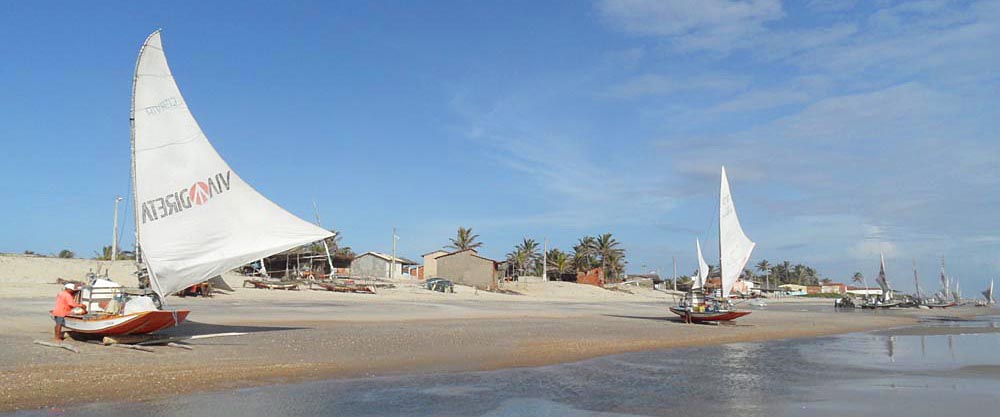 Since the Olympic Games in Brazil, the fascinating continent of South America has been on everyone’s lips. Great nature experiences and friendly people await you. Find below the best tips for South America newbies.
Since the Olympic Games in Brazil, the fascinating continent of South America has been on everyone’s lips. Great nature experiences and friendly people await you. Find below the best tips for South America newbies.
Weiterlesen
South America: The most dangerous animals
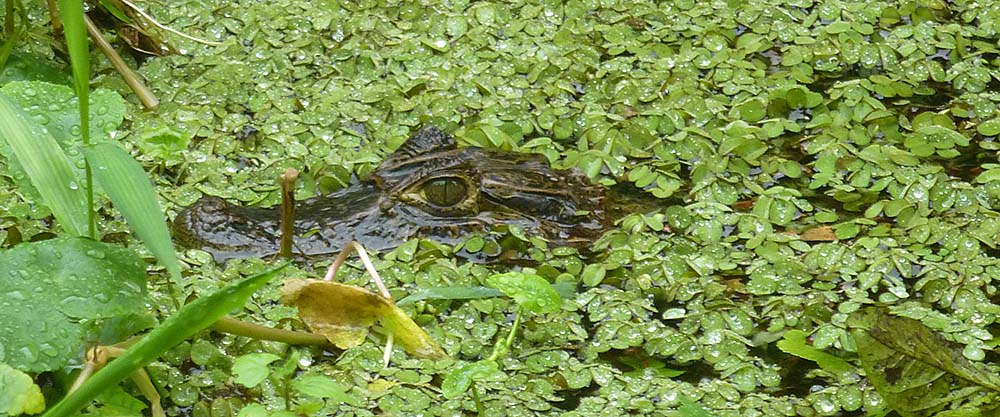 Apart from cute exotic animals, less popular species also cavort in Latin America. Although they can become dangerous, they enrich the fauna of the huge continent just like all other animals. Weiterlesen
Apart from cute exotic animals, less popular species also cavort in Latin America. Although they can become dangerous, they enrich the fauna of the huge continent just like all other animals. Weiterlesen
Survival tips in the jungle
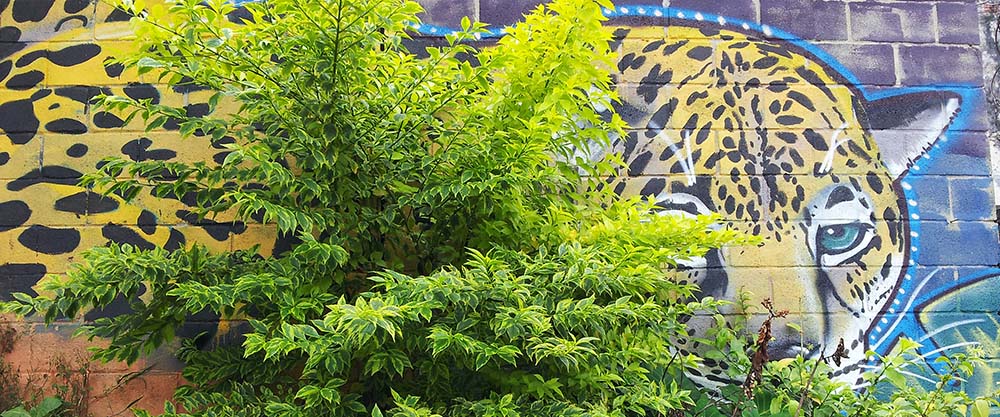 While flying over the Amazon jungle it happens: The glider starts to roll and crashes into the treetops. Now it’s time to keep your nerves and get into the adventure! Because those who do not panic have a particularly good chance of surviving.
While flying over the Amazon jungle it happens: The glider starts to roll and crashes into the treetops. Now it’s time to keep your nerves and get into the adventure! Because those who do not panic have a particularly good chance of surviving.
Weiterlesen